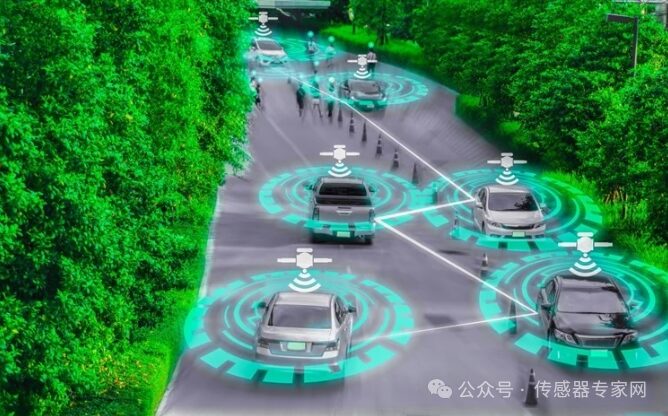
A Brief History of Sensor Technology

The Cutting Edge: Sensor Technology in 2030
1. Increased Accuracy and Sensitivity

2. Ultra-Low Power Consumption

3. Integration with Quantum Technology
4. Advanced Biocompatible Sensors

5. AI-Driven Sensor Networks
Conclusion
-
Hou, K. M. et al. (2023). Trends and Challenges in AIoT/IIoT/IoT Implementation. Sensors, 23(11), 5074. DOI:10.3390/s23115074. https://www.mdpi.com/1424-8220/23/11/5074
-
Tyagi, D. et al. (2020). Recent advances in two-dimensional-material-based sensing technology toward health and environmental monitoring applications. Nanoscale, 12(6), 3535–3559. DOI:10.1039/c9nr10178k. https://pubs.rsc.org/en/content/articlelanding/2020/nr/c9nr10178k
-
Mishu, M. K. et al. (2020). Prospective Efficient Ambient Energy Harvesting Sources for IoT-Equipped Sensor Applications. Electronics, 9(9), 1345. DOI:10.3390/electronics9091345. https://www.mdpi.com/2079-9292/9/9/1345
-
Krelina, M. (2021). Quantum technology for military applications. EPJ Quantum Technology, 8(1). DOI:10.1140/epjqt/s40507-021-00113-y. https://epjqt.epj.org/articles/epjqt/abs/2021/01/40507_2021_Article_113/40507_2021_Article_113.html
-
Liu, G. et al. (2023). Biocompatible Material‐Based Flexible Biosensors: From Materials Design to Wearable/Implantable Devices and Integrated Sensing Systems. Small. DOI:10.1002/smll.202207879. https://onlinelibrary.wiley.com/doi/abs/10.1002/smll.202207879
-
Sharma, A. et al. (2022). Recent Trends in AI-Based Intelligent Sensing. Electronics, 11(10), 1661. DOI:10.3390/electronics11101661. https://www.mdpi.com/2079-9292/11/10/1661
-
Petrenko, M. V. et al. (2022). Quantum optical magnetic field sensor for neurodiagnostic systems of a new generation. Quantum Electronics, 52(2), 119–126. DOI:10.1070/qel17978. https://iopscience.iop.org/article/10.1070/QEL17978
-
Yi, Q. et al. (2021). All‐3D‐Printed, Flexible, and Hybrid Wearable Bioelectronic Tactile Sensors Using Biocompatible Nanocomposites for Health Monitoring. Advanced Materials Technologies. DOI:10.1002/admt.202101034. https://onlinelibrary.wiley.com/doi/abs/10.1002/admt.202101034
What are your thoughts on this article? Feel free to share your comments!
Share and click to view, and spread the dynamics of the Chinese sensor industry to more people!
Starred content = content you care about. According to the recommendation principles of WeChat public accounts, if not starred on the Sensor Expert Network public account homepage, you will not be able to receive the latest news in the sensor industry in a timely manner!







